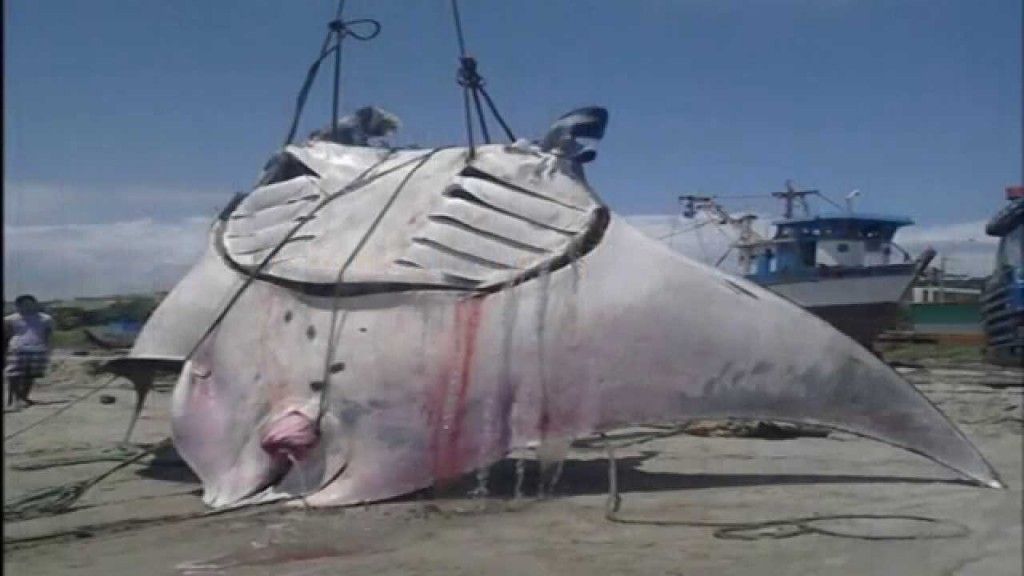

“That is significantly larger than what we’ve seen in oceanic manta ray populations elsewhere,” said Guy Stevens, Chief Executive and Founder of The Manta Trust. Using data collected through their own observations and from recreational SCUBA diver photos between 20, the researchers were able to identify more than 2,800 individual rays and estimate a total population of more than 22,000. Photos of individual rays can also be used to document injuries, evidence of mating and maturity. “We get a huge amount of information about each animal just from these photographs.”Įach manta ray has a unique spot pattern on its belly, similar to a human fingerprint, which allows researchers to identify individual animals and track their movements and locations over time. “Many of the photos used in our study were contributed by recreational divers who became citizen scientists when they snapped photos of manta rays,” says Kanina Harty of The Manta Trust, lead author of the study. It is also a popular diving area, and visitors take numerous photographs of the animals, providing researchers with a trove of data.

But in the late 1990s, researchers from Fundación Megafauna Marina del Ecuador discovered that a population of oceanic manta rays aggregate in August and September each year around Isla de la Plata off the coast of Ecuador, where they are relatively easy to locate and study. Oceanic manta rays are a challenging species to study in part because they tend to spend their time in offshore locations that are hard for researchers to access, and their visitation patterns can be unpredictable. The biggest threat to oceanic manta rays is commercial fishing, both as the target of some fisheries, and as unintentional bycatch in many others. Endangered Species Act in 2018, and in 2019 their threat category was increased from Vulnerable to Endangered on the International Union for the Conservation of Nature’s Red List, reflecting continuing population declines for the species globally. Oceanic manta rays were listed as threatened under the U.S. They are filter feeders that eat large quantities of krill and other zooplankton, and tend to live in small subpopulations in tropical, subtropical and temperate waters, spending much of their time in the open ocean.

Oceanic manta rays are the largest species of ray, with wingspans that can reach more than 20 feet.

In this area, we’ve estimated that the population is over 22,000 mantas, which is unprecedented.” In other regions, we typically have population estimates of 1,000 to 2,000 animals, which makes this species very sensitive. “It’s clear that something different is happening here,” Stewart said. The findings, reported today in the journal Marine Ecology Progress Series, indicate that while other populations of oceanic manta rays are typically small and therefore extremely vulnerable to human impacts, this population is large and potentially quite healthy, said Joshua Stewart, an assistant professor with the Marine Mammal Institute in OSU’s College of Agricultural Sciences and a co-author of the paper. “While this population may be healthy thanks in part to its large size, it is essential that we take the necessary steps to protect it and prevent the declines that many other manta ray populations have faced.” “This work solidifies Isla de la Plata, and Ecuador more broadly, as a globally important hotspot for this endangered species,” said Michel Guerrero of Fundación Megafauna Marina del Ecuador. The research published today was led by Fundación Megafauna Marina del Ecuador, a conservation organization based in Ecuador, in collaboration with The Manta Trust, the Marine Megafauna Foundation, and the Ocean Ecology Lab at OSU’s Marine Mammal Institute. Scientists have identified a distinct population of oceanic manta rays off the coast of Ecuador that is more than ten times larger than any other known subpopulation of the species.


 0 kommentar(er)
0 kommentar(er)
